Table of Contents
Home painting is an exciting way of giving a fresh life to your living spaces. It does not matter whether it’s a simple wall inside your house or an exterior makeover: proper paint is going to make a difference in your home’s appearance. Unfortunately, fading paint on the wall is the most common problem that many homeowners encounter at some point in the future. Your interior and exterior painting projects are at risk of paint fading, but with a few strategic key approaches, you can be assured of the elongated life cycle of your paint and most decorative appearance for a long time.
Let us have a list of top tips for keeping your interior and exterior paint from fading as well as choosing the right fade-resistant paints in this blog.
1. Selecting the Correct Paint for Durability
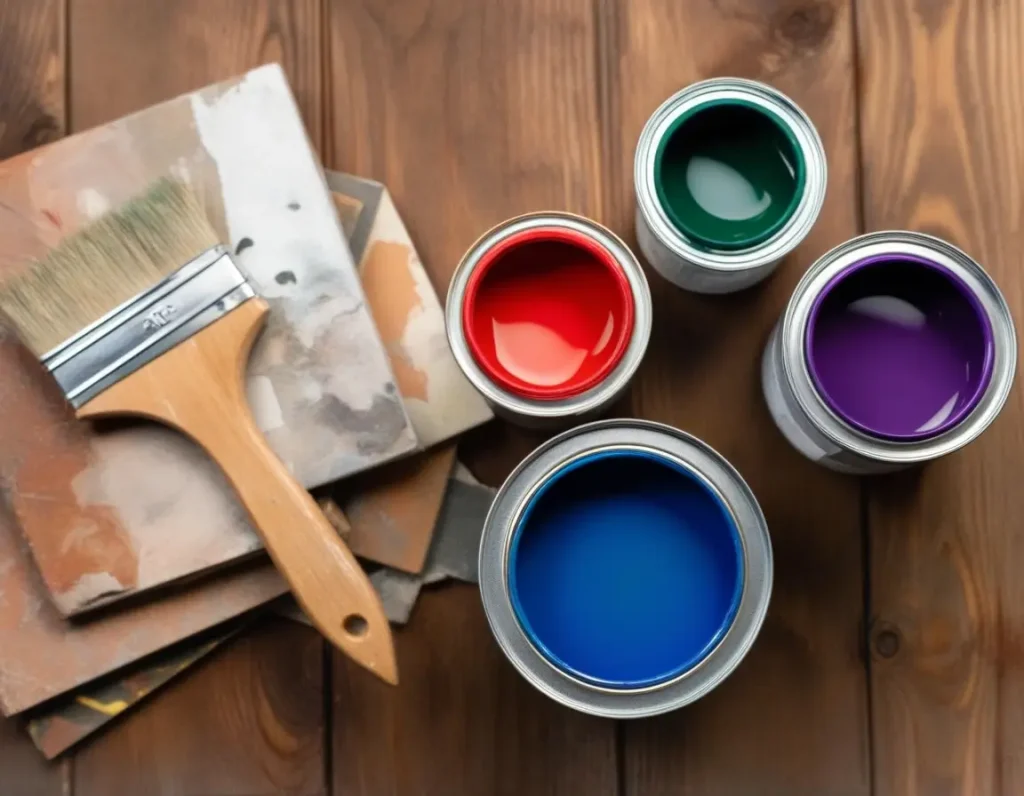
Most paints fade after a long time, and its prevention depends on selecting the right type of paint. Not all paints are equal, and some types fade much quicker than others. For interior painting, look for high-quality paints with UV inhibitors, as sunlight can cause paint to fade over time, even indoors. Rooms with large windows or constant sun exposure are more likely to suffer from fading paint on the wall. You can maintain your colour vibrancy by opting for richly coloured paints that don’t fade quickly.
A good painting cost calculator will enable you to budget for top-quality paint that lasts longer, saving money in the long run by not having to repaint as often.
2. Surface Preparation
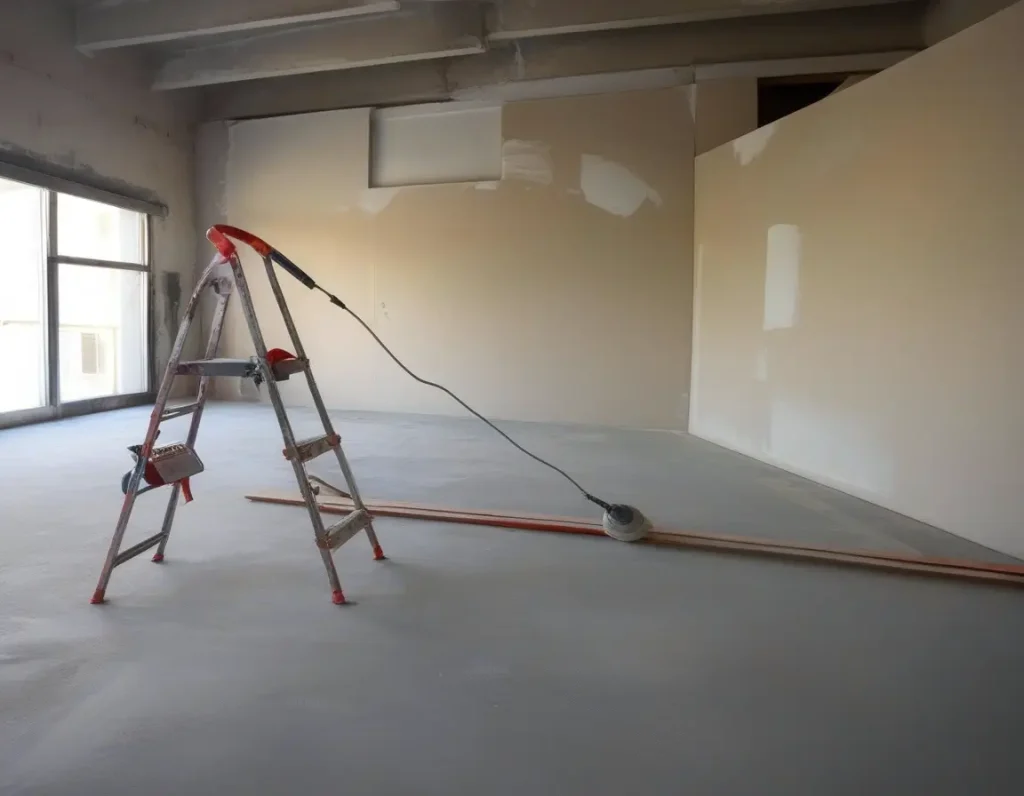
Preparation is key to any successful painting project. Surface preparation means cleaning out the walls, sanding out rough spots, and applying the right amount of putty and primer. What prevents paint from adhering rightly on the surface are dirt, dust, and debris, which sooner or later cause the colours to fade.
Exterior painting jobs should highly consider pressure washing walls to clean grime and mould. Moisture can also cause paint to deteriorate and fade much sooner, so sealing your walls and ensuring they are dry will help paint last longer. In interior painting, cleaning the walls with a damp cloth and filling any cracks and holes before paint application can ensure that you enjoy a long-lasting finish.
3. Fade-Resistant Paint Color Choices and Shades
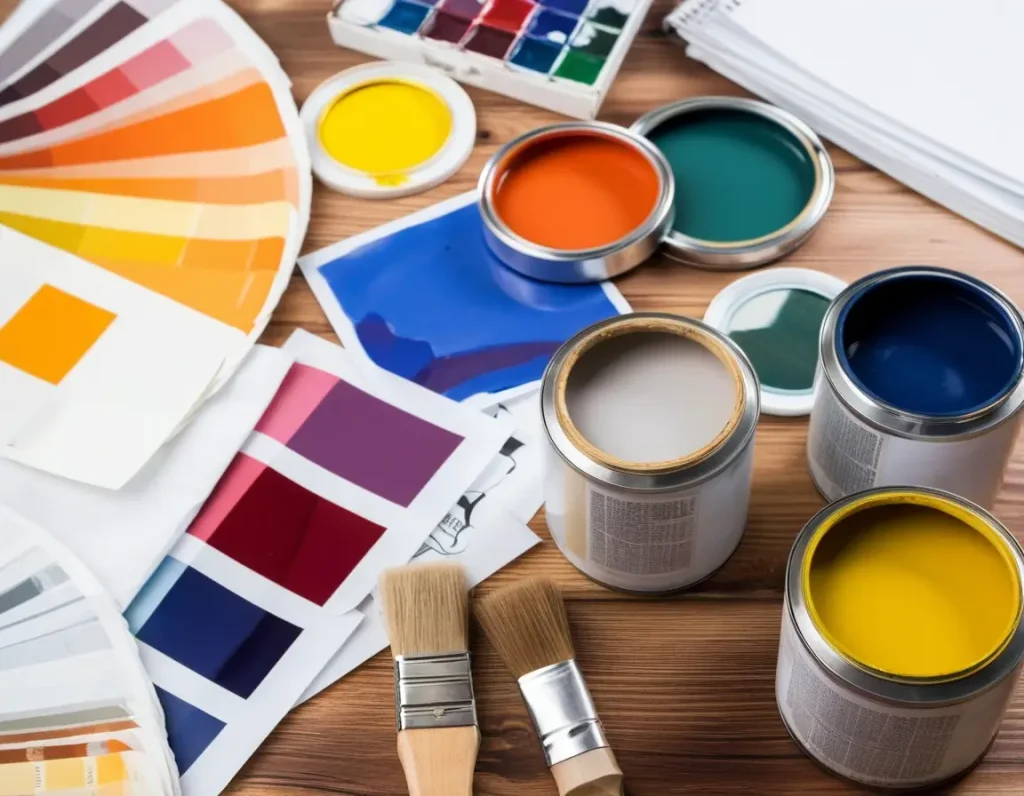
The shade you opt for is another key aspect to consider. Darker shades fade quicker than lighter shades because they absorb higher levels of heat and UV rays from sunlight, particularly when exposed on the exterior face. Some of the fade-resistant paint colours are neutral shades like beige, grey, and white.
Lighter colours prevent fading and really do make a difference for interior painting, especially when it is used in rooms with abundant natural light. Earth tones, pastels, and whites are some of the best options when durability and style are considered.
4. Apply UV Protective Coatings
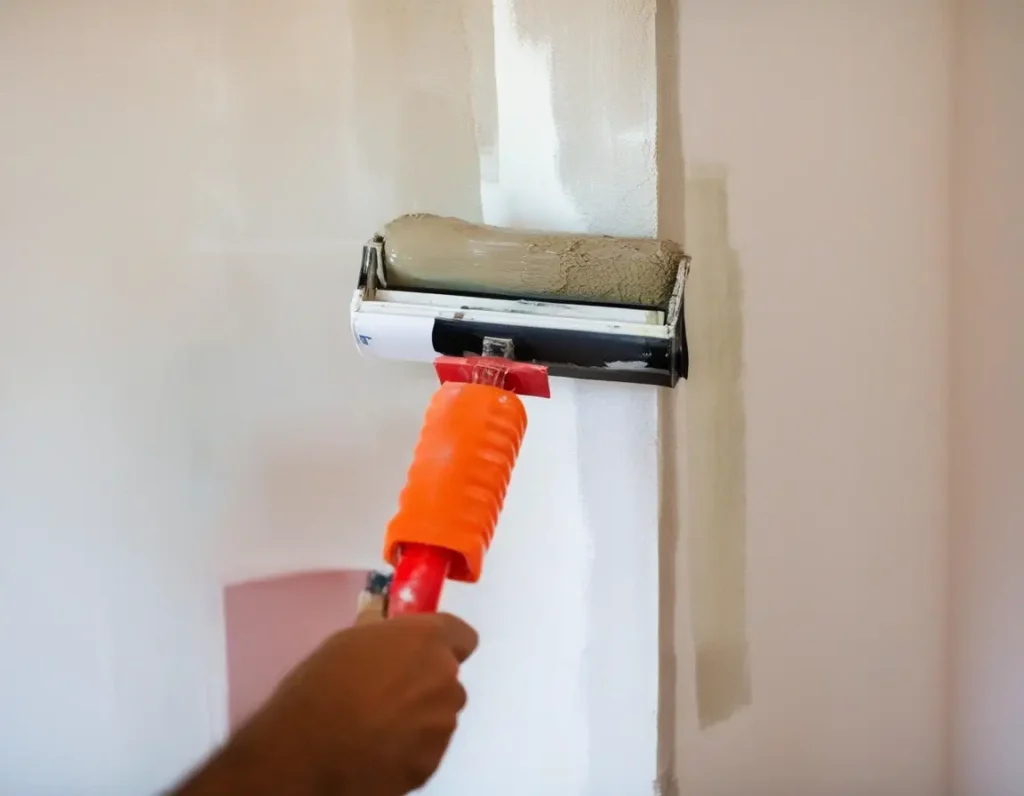
A good solution would be to apply a UV-protective coating after completing the painting. Coatings protect the paint against the sun’s UV rays just like a shield would- it reduces the risk of fading. This can incur additional costs, but the colours will be vibrant, and they will not fade as soon.
5. Maintenance for Exterior Paint

Interior paint is somehow protected from harsh elements, but exterior painting is inevitably exposed to factors like rain, dust, heat, and wind. These naturally accelerate the fading process. It’s recommended to regularly maintain the exterior of your house to mitigate the adverse effects. You can wash down the outside of your house using a power washer every few years to get rid of dirt and grime that contribute to fading. Also, inspecting your exterior walls for cracks or wear can help you notice problems early, and then fix them even before they ruin your paint.
6. Maintenance of Lighting
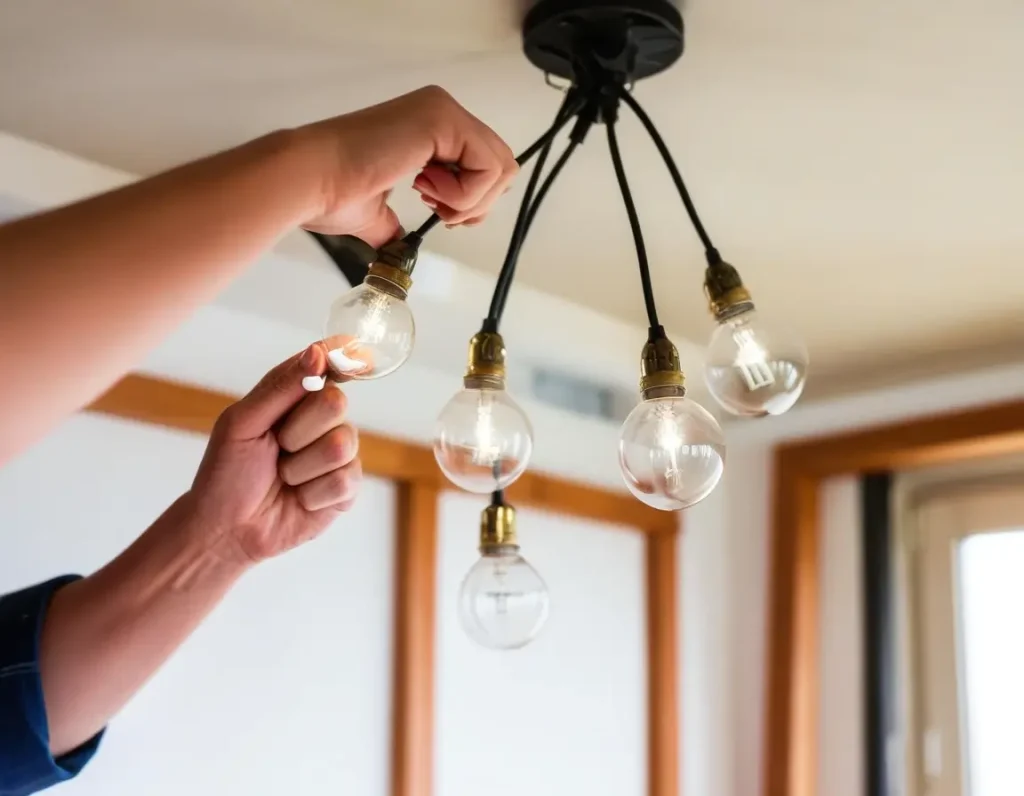
Even interior walls fade because of the lights. Incandescent and halogen lights produce heat that fades the paint over some time. You can prevent this by switching over the interior lighting system to LED bulbs, which produce less heat and preserve the original colour of the paint. Finally, one other strong cause of indoor paint fading is natural sunlight. Something as simple as using curtains, blinds, or UV-blocking window films can reduce the effect of fading significantly in a room that receives a lot of sunlight.
7. Use Quality Primer

Of course, people are inclined to forget about prime paints, but they actually play a major role in the longevity of your paint. A high-quality primer helps the paint stick better to the surface and provides an additional layer of protection against the elements. This is very crucial in exterior painting, especially since the walls are constantly exposed to sunlight, rain, and wind. One important thing to note here is that choosing a stain-blocking primer can prevent watermarks or stains from bleeding through, thus causing discoloration.
8. Invest in weather-resistant paints
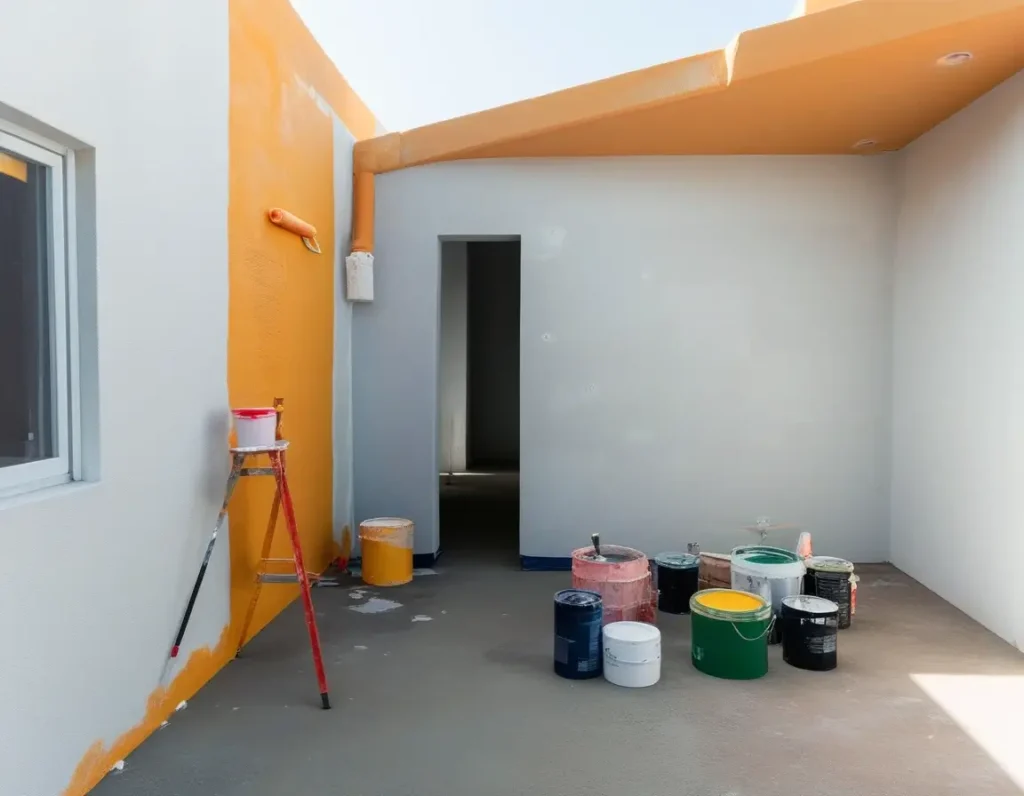
The exterior sustains maximum damage by weather conditions. If you paint your house’s exteriors, then it would last for a long time if you choose waterproof materials or good-quality weather-resistant paint. Water-resistant paints save your walls from rain water that causes shrinking and cracking of paint. Faster peeling and fading are a natural consequence of such cracks.
9. Repaint Before It’s Too Late
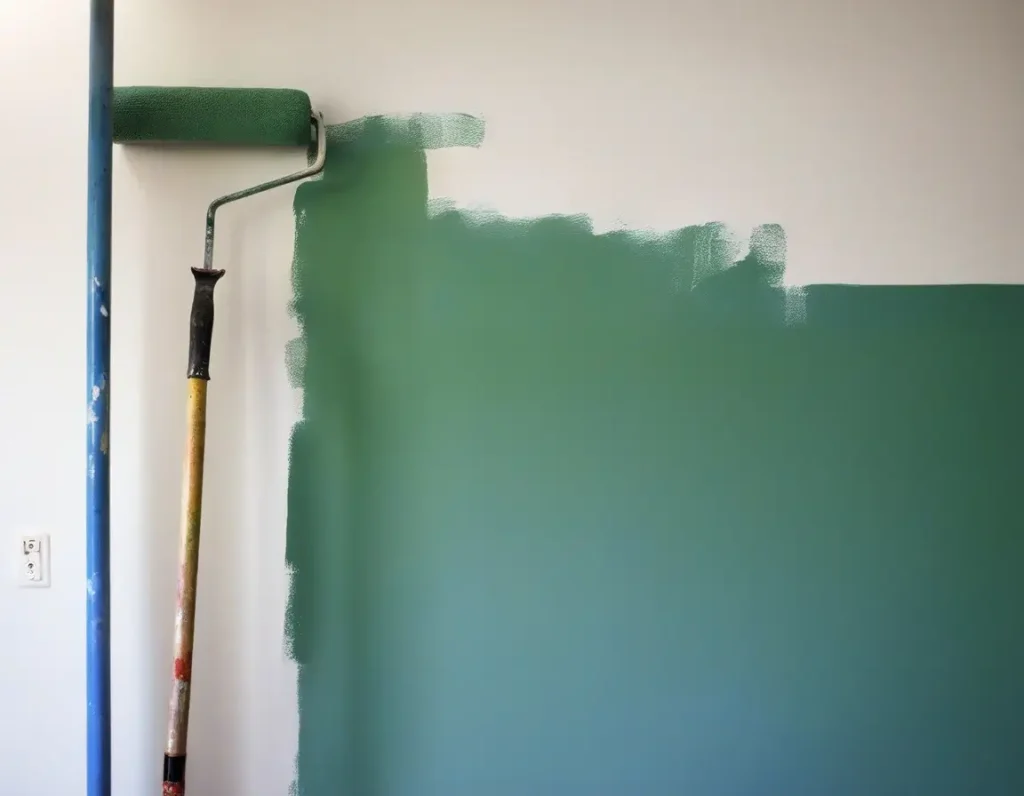
Even the best paint in the world will eventually begin to fade and indicate wear and tear. The fresher and more vivacious your home is, the better maintained it will look. Though this might seem expensive, if you repaint your home before the fade becomes too obvious, you can prevent yourself from repairing deeper damage later.
A painting cost calculator would help you to estimate how much a fresh paint job will cost so that you can budget for that.
10. Hire Professional Painters
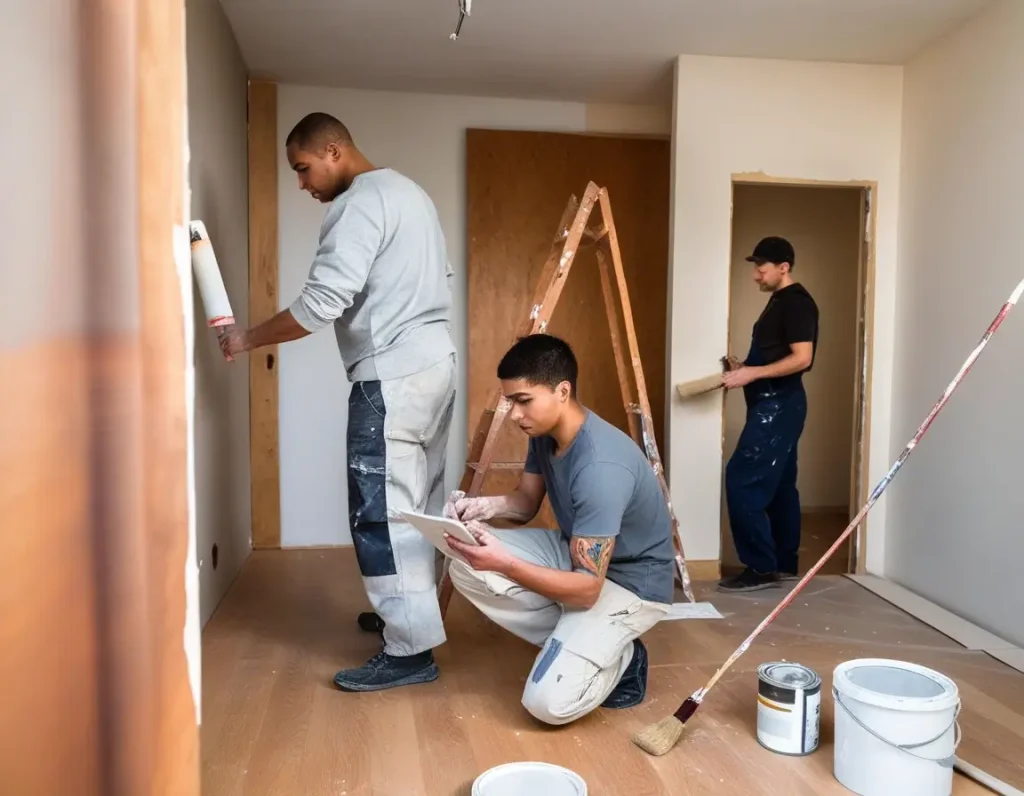
Last, but not least, hiring professional painters can make the difference of a lifetime in how long your paint will last. Professional painters such as the ones at AapkaPainter are supposed to know the ins and outs of various surfaces, types of paint, as well as local weather conditions. They will apply the correct paint without unevenness, thus minimising the possibility of early fading. To get the best out of your interior and exterior painting projects, consider the professionals.
Conclusion
Maintaining your interior as well as exterior paint from fading would require a mix of good planning, quality products, and regular maintenance. That is because use of fade-resistant paints, UV protective coatings, and maintaining painted surfaces can really extend the life of a paint job and keep your home looking lively for years to come. Follow these tips to maintain a long-lasting beautiful finish. Happy painting!
